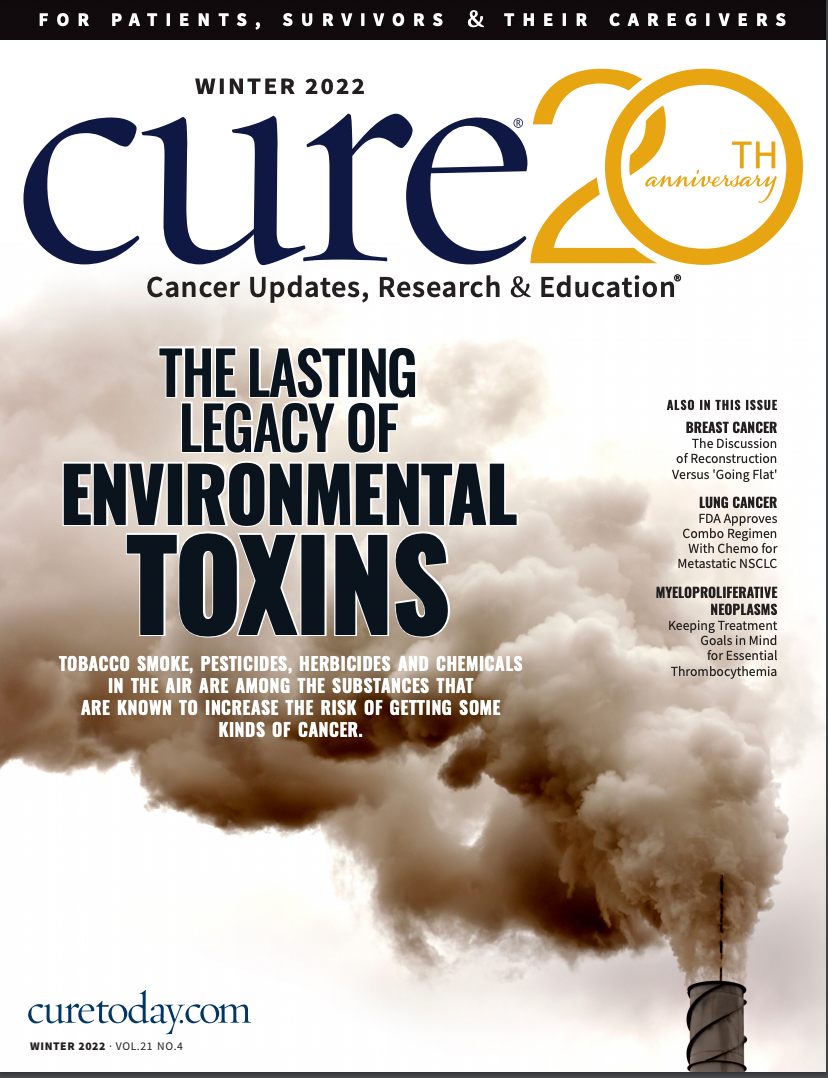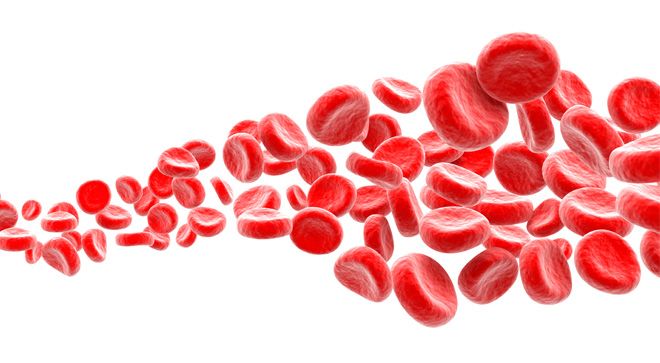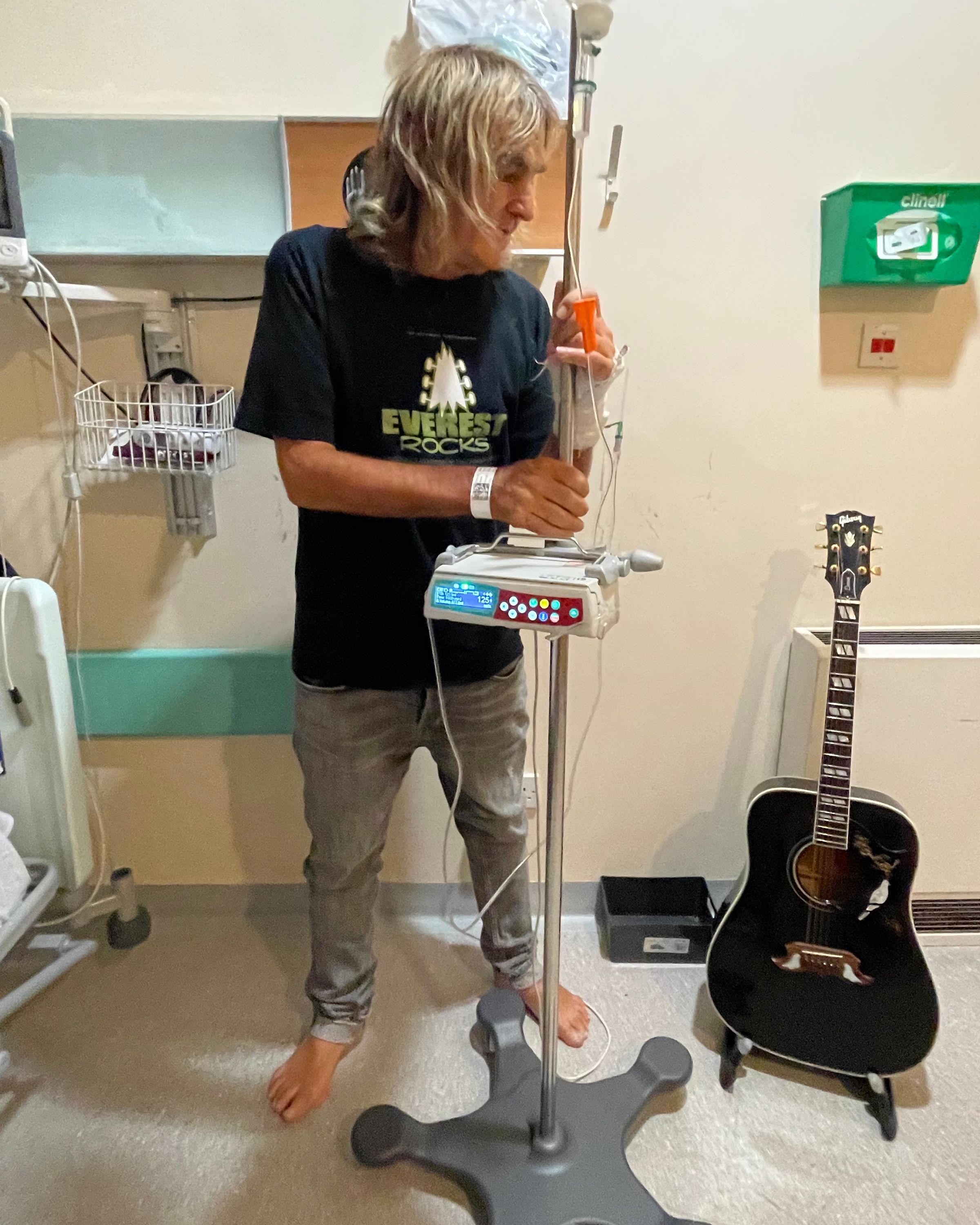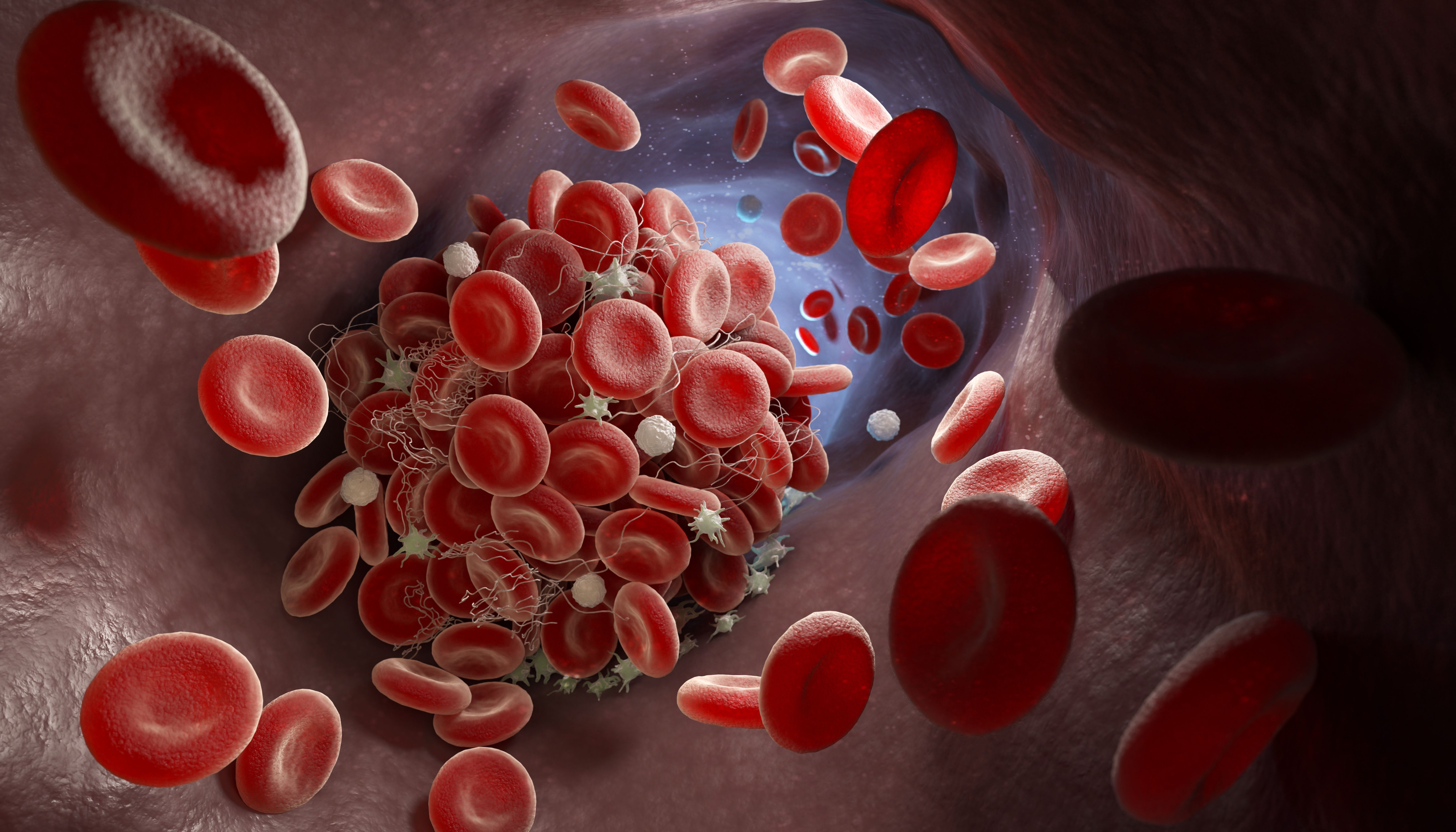Publication
Article
CURE
The Cancerous Legacy of Environmental Toxins
Author(s):
Tobacco smoke, pesticides, herbicides and chemicals in the air are among the substances that are known to increase the risk of getting some kinds of cancer.
Dennis Barbee was a young man in 1979 when he started a groundskeeper business in Phoenix. Using Roundup to kill the weeds on various properties was just part of the job. For 12 years, Barbee had almost daily exposure to the common herbicide.
In 1991, Barbee moved to northern California. He was working in a different field in 2013 when he started experiencing severe gastrointestinal symptoms. After a series of tests, he received his diagnosis: mantle cell lymphoma, a type of non-Hodgkin lymphoma.
“It didn’t occur to me that Roundup had anything to do with my cancer,” Barbee recalls. “But then I saw in the news that it had been linked to non-Hodgkin lymphoma. Although none of my oncologists had suggested a link to Roundup, I suspected that it was the reason that I got cancer.”
In 2015, the International Agency for Research on Cancer (IARC), one of the agencies responsible for finding environmental toxins, also called carcinogens, identified the active ingredient in Roundup, glyphosate, as a probable cause of cancer.
Now 69 and living in Coeburn, Virginia, Barbee has paid a steep price for his long-ago exposure. After his diagnosis, he had intensive therapy, including chemotherapy, radiation and a stem cell transplant, which he tolerated well.
He was in remission for three years but when the cancer came back in 2017, his treatment options had narrowed. He was prescribed a targeted therapy called Imbruvica (ibrutinib), which came with a host of side effects including extreme fatigue and neuropathy.
Dennis Barbee's daily exposure to Roundup may have been the cause of his mantle cell lyphoma.
Photo credit: Jason Wamsley
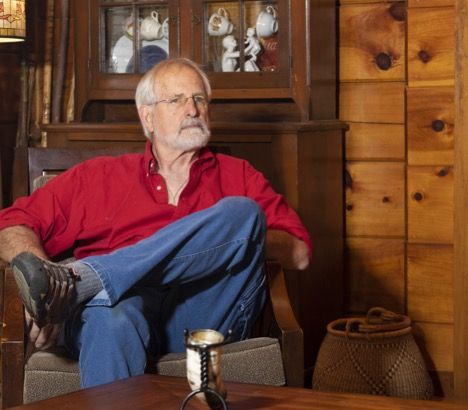
“The fatigue was so intense that I could no longer do my job,” Barbee says. “Not only did cancer cost me my health; it also sidelined my career and left me financially insecure.”
The number of cancers linked to carcinogens is extensive. The National Toxicology Program (NTP), charged with compiling a list of carcinogens for the secretary of the U.S. Department of Health and Human Services, has identified 256 substances, including eight added in 2021.
In selecting substances for their lists, NTP and IARC consider environmental risks, including exposure to external toxins such as air and water pollution and chemicals, as well as lifestyle issues, such as smoking, alcohol and poor diet. Therefore, it’s not surprising that the National Cancer Institute estimates that a substantial number of cancer cases can be linked to some form of exposure to these and many other substances.
Although determining the causes of various types of cancer can be challenging, some clear links have been established.
“We know that tobacco smoke is a very powerful carcinogen, resulting in a 25-fold increased risk of lung cancer,” explains Dr. Jonathan Samet, dean of the Colorado School of Public Health in Aurora.
Dr. Edward S. Kim, physician-in-chief at City of Hope Orange County in California, concurs, adding, “Tobacco is the most notorious carcinogen of all. It doesn’t matter whether you’re a smoker or breathing in someone else’s smoke. At least 70 chemicals in tobacco are known to cause cancer.”
While active smoking can increase the risk of lung cancer by a factor of 15 to 30 (or a 1,500% to 3,000% increase in risk), second-hand smoke can increase it by a factor of 1.25 to 1.3 — or a 25% to 30% higher risk compared to a nonsmoker without smoke exposure.
The Interplay Between Carcinogens and Genes
The reason environmental toxins are so powerful is that they have the ability to damage DNA, and damaged DNA is instrumental in the processes that lead to a cancer diagnosis. Evidence of this phenomenon has emerged through the discovery of mutational signatures, composites of mutations associated with DNA damage and repair mechanisms.
Dr. James Herman, co-leader of the cancer epidemiology and prevention program at UPMC Hillman Cancer Center and professor of medicine at the University of Pittsburgh, points out that work is underway to identify mutational signatures in genes driving the development of cancer.
“Scientists have identified strong mutational signatures for tobacco and UV radiation in certain genes, verifying that the cancer was caused by exposure,“ he explains.
Developments in gene sequencing have led to greater understanding of why non-smokers often get nonsmall cell lung cancer. Many of those cancers are caused by mutations in specific genes, with EGFR and KRAS among the most common.
New research presented by Charles Stanton, chief clinician at the Francis Crick Institute in the U.K. at the 2022 meeting of the European Society for Medical Oncology, showed that normal lung cells can also have these mutations, probably a result of aging. According to Stanton, this research suggests that air pollution can then initiate lung cancer in cells with these mutations. This information is another piece of the puzzle and makes a strong case for limiting air pollution worldwide.
Acting on Evidence Doesn't Happen Quickly
Although doctors and researchers now acknowledge the link between environmental toxins and cancer, this realization took a long time to emerge. Recognition of asbestos as a carcinogen is a case in point.
Doctors began suspecting a link between asbestos and mesothelioma, a rare cancer of the lining of many organs, including the lungs, abdomen and heart, in the 1940s, when they saw a jump in cases among people working in naval yards. By the 1960s, researchers had discovered that mesothelioma has a long latency period, taking 15 to 70 years to develop following exposure.
When Heather von St. James, 53, of Minneapolis was 7 years old, her father worked in the construction industry. He was responsible for hanging drywall, mixing the compound that was full of asbestos, and sanding walls before they were painted.
“I remember my father coming home with his jacket covered in white, grayish dust,” von St. James recalls, “but this didn’t stop me from wearing it when I did chores outside. Little did I know that the exposure to asbestos would lead to a diagnosis of mesothelioma more than 25 years later, when I was only 36.”
And the diagnosis couldn’t have come at a worse time. “I had just given birth to my baby and I had never felt sicker,” von St. James says. “I was anemic and my chest felt like a truck was sitting on it. After a CT scan and a biopsy, I received the diagnosis, but by then I already knew I had cancer.”
Heather von St. James is a patient advocate for others with mesothelioma and aims to speak out until asbestos is banned by regulatory agencies.
Photo credit: Block Portrait Studios
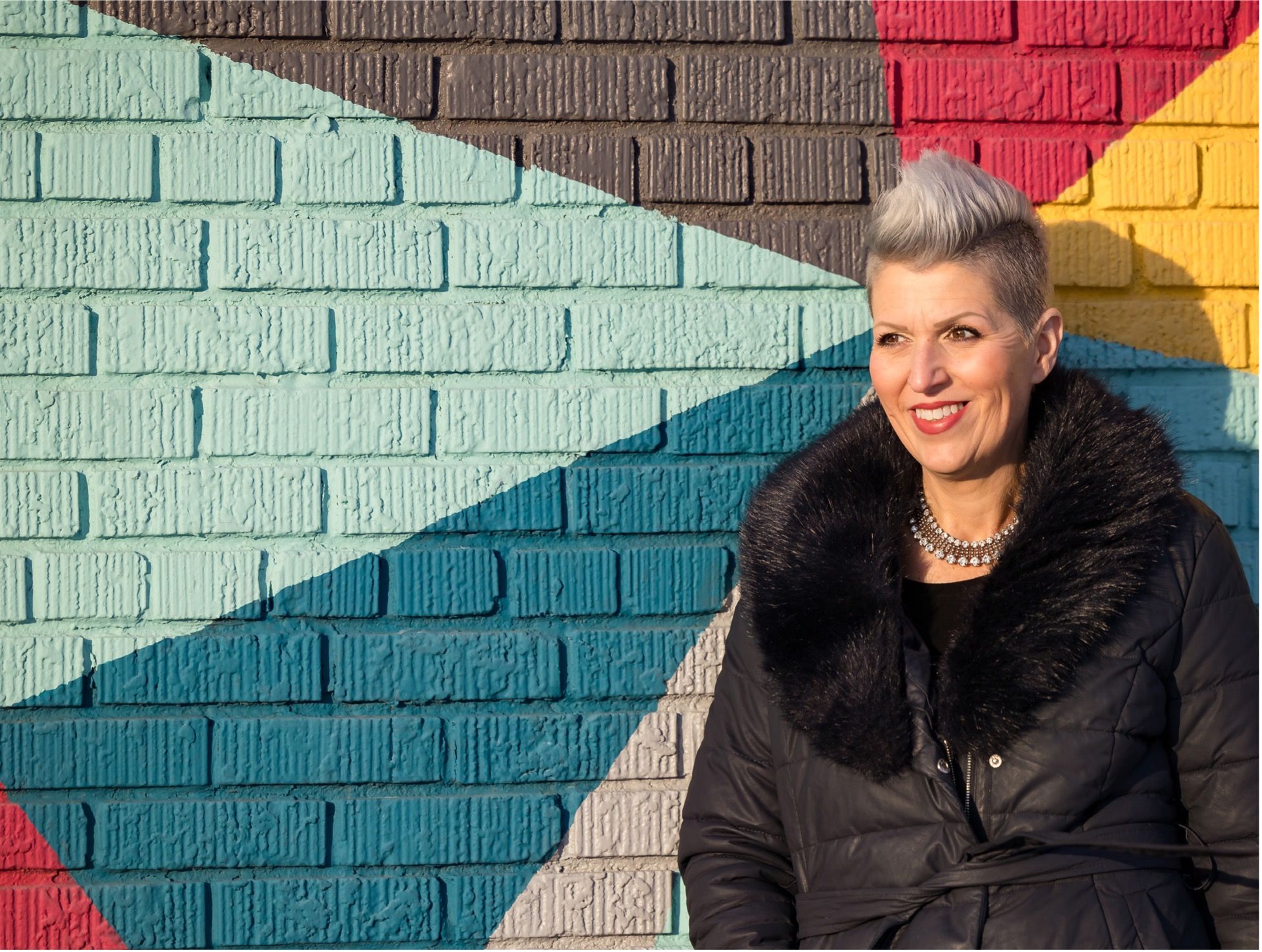
The prognosis was grim. Von St. James was told that without treatment, she had 15 months to live.
“That was not an option,” she states. “Then my doctor told me about a surgeon, Dr. (David) Sugarbaker in Boston, who had pioneered surgery to treat the disease. Without blinking an eye, my husband said, ‘Get us to Boston,’ and 12 days later, we were sitting in Dr. Sugarbaker’s office. I was cleared for surgery, an eight-hour procedure where the team removed my entire left lung, the lining of the lung or pleura where the tumor was located, the left half of my diaphragm, the lining of my heart and a rib. During the surgery, they did a heated “hyperthermic” chemotherapy wash, but I still needed four additional rounds of chemo and radiation. A year later, I was declared cancer free.”
As von St. James entered the recovery phase, she began researching asbestos use in the United States and she discovered that it still hasn’t been completely banned. In 1970, the Clean Air Act authorized the Environmental Protection Agency (EPA) to regulate its use.
As a result, in 1989, a partial ban went into effect, prohibiting the manufacture, import and distribution of asbestos, and in 2019, a regulation was added prohibiting asbestos products that had left the market to return without EPA approval. While these regulations help, it is still legal to import and use asbestos in small amounts. As a result, many products still contain more than 1% of the mineral.
Like asbestos, Roundup is still in use in the United States. What’s more, the EPA has not classified it as carcinogenic as long as users follow the directions on the label. However, with IARC designating of the chemical in Roundup as carcinogenic, many other countries have banned its use.
Regulations aside, for the legal community, enough evidence has emerged to hold the asbestos and Roundup industries accountable for the cancers their products have caused. Both von St. James and Barbee have been part of lawsuits, and both have received settlements, 3M Corp. and Monsanto/Bayer, respectively. Yet the compensation can’t erase the toll cancer has taken on their lives.
“I live with chronic pain, numbness and nerve damage, and at times, my voice is raspy and I feel short of breath. But I’m proud of the work I’ve done as a mesothelioma advocate and will continue to speak out until asbestos is finally banned,” adds von St. James.
Next Steps for Environmental Toxins Studies
As scientists work to solidify the role of environmental toxins on cancer risk, another variable has been thrown into the mix: climate change. Concern about the impact of climate change on health spurred the American Society for Clinical Oncology (ASCO) to form a task force charged with addressing this topic.
“There’s no question that climate change has accelerated interest in the role of air pollution in cancer risk,“ says Dr. Eric H. Bernicker, a medical oncologist with Houston Methodist Cancer Center. “In fact, it is hard to decouple the discussion of air pollution from climate, largely because both are driven by the same factors, such as the burning of fossil fuels. In addition, climate change shines a light on health disparities, starkly showing that the worst air tends to be in poorer areas, and these areas also have higher rates of cancer.”
The ASCO Climate Change Task Force will begin its work by developing a policy statement about how climate change is affecting wellness and health and the strain it will put on the health care delivery system in the years ahead.
The task force will then most likely make the suggestion that ASCO turn its attention to two broad areas of research: modeling the risks of climate change to cancer and whether a warming planet will result in an increase in certain carcinogenic viruses and cancers already linked to environmental toxins.
“We’ve already seen the effect of wildfires, floods and other major weather events on health,” Bernicker says. “For example, after Hurricane Harvey, the radiation cancer center at Houston Methodist Hospital was flooded with water, causing us to scramble to get patients treated elsewhere. We’ve fixed that problem but the experience provoked discussions on how to help patients and caregivers become more resilient.”
A big part of the push for resilience involves driving home the importance of prevention. That includes advocating for smoking cessation and less consumption of alcohol and red meat.
“We’re not trying to scare people but we do need to educate them so that they make good choices,” Bernicker adds. “They don’t need to buy a fancy treadmill to be more active; they can simply take a walk. Gaining control of what we can in our lives and avoiding exposure to toxins when possible are steps we as individuals can take. In the meantime, the scientific community will continue to do its part.”
To learn more about Heather Von St. James's story of surviving 17 years with mesothelioma, when she was originally given months to live, listen to this "Cancer Horizons" podcast episode.
For more news on cancer updates, research and education, don’t forget to subscribe to CURE®’s newsletters here.
